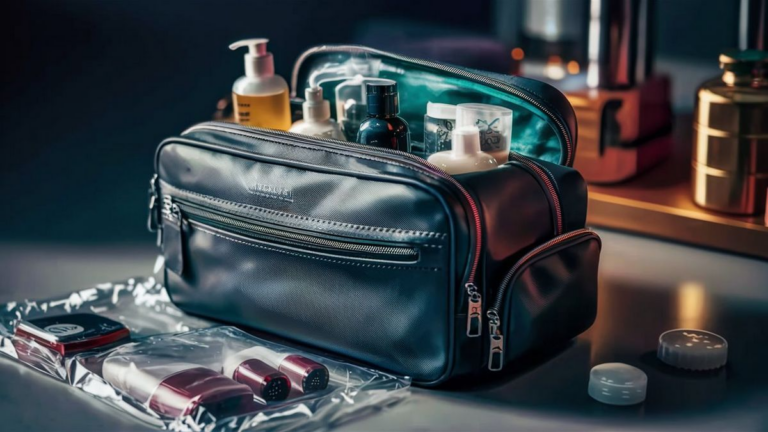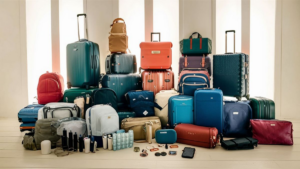Are you wondering whether you can bring lube on a plane? It’s a common question, especially for those who are traveling and want to ensure they have everything they need for a comfortable journey. Let’s delve into this topic and provide you with all the information you need.
Understanding TSA Regulations
The Transportation Security Administration (TSA) is responsible for security at airports in the United States. When it comes to bringing personal items, including liquids, gels, and creams, there are specific guidelines you need to follow.
Liquid Limitations
One of the key considerations when bringing lube on a plane is the limitation on liquids. According to TSA regulations, passengers are allowed to bring liquids, gels, and aerosols in containers that are 3.4 ounces (100 milliliters) or less per item. These containers must be placed in a single quart-sized, clear, plastic, zip-top bag, with one bag per passenger.
Exceptions for Medically Necessary Items
However, there are exceptions for medically necessary items. If you require a larger quantity of lubricant for medical reasons, you are permitted to bring it in your carry-on luggage. It’s advisable to inform the TSA officer during the screening process to avoid any issues.
Considerations for International Travel
It’s essential to be aware that regulations may vary when traveling internationally. While many countries have similar rules regarding liquids in carry-on luggage, it’s always best to check the specific guidelines for the country you are visiting.
Research Before You Travel
Prior to your trip, take the time to research the regulations of both the TSA and the country you are traveling to. This will ensure that you are well-prepared and can avoid any potential problems at security checkpoints.
Alternative Options
If you’re concerned about bringing lube in your carry-on luggage due to TSA regulations or personal preferences, there are alternative options available. Consider purchasing travel-sized containers of lubricant that meet the TSA guidelines, or opt for solid lubricant products that are not subject to the same restrictions.
Discreet Packaging
For those who prefer discretion, many manufacturers offer discreet packaging for their lubricant products. This can help alleviate any concerns about traveling with personal items.
In conclusion, you can bring lube on a plane, but it’s essential to adhere to TSA regulations regarding liquids in carry-on luggage. Be mindful of the limitations on container size and consider alternative options if necessary. By planning ahead and familiarizing yourself with the rules, you can ensure a smooth and stress-free travel experience.
Benefits of Using Travel-Sized Containers
Travel-sized containers offer convenience and ease of use when bringing personal items on a plane. They are specifically designed to meet TSA regulations, ensuring that you can carry your essential items without any hassle.
Portability
Travel-sized containers are compact and lightweight, making them ideal for travel. They take up minimal space in your luggage and are easy to carry around, whether you’re on a short trip or an extended vacation.
Convenience
With travel-sized containers, you can easily portion out the amount of lube you need for your trip. This eliminates the need to carry large bottles or containers, reducing the risk of spills or leaks in your luggage.
Frequently Asked Questions
| Question | Answer |
|---|---|
| Can I bring solid lubricant on a plane? | Yes, solid lubricant products are not subject to the same restrictions as liquids, making them a convenient option for air travel. |
| Are there any restrictions on the type of lube I can bring? | As long as the lubricant is in compliance with TSA regulations for liquids, gels, and aerosols, you should not encounter any issues. It’s advisable to check the ingredients list for any prohibited substances. |
| What should I do if I have concerns about bringing lube through security? | If you have any concerns or questions about bringing lube on a plane, it’s best to contact the TSA directly or consult their website for the most up-to-date information. Additionally, you can reach out to the airline you’re traveling with for guidance. |
See also:






